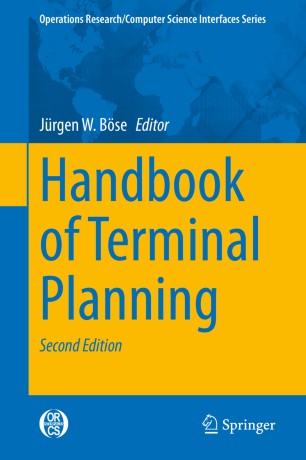

Most ebook files are in PDF format, so you can easily read them using various software such as Foxit Reader or directly on the Google Chrome browser.
Some ebook files are released by publishers in other formats such as .awz, .mobi, .epub, .fb2, etc. You may need to install specific software to read these formats on mobile/PC, such as Calibre.
Please read the tutorial at this link: https://ebookbell.com/faq
We offer FREE conversion to the popular formats you request; however, this may take some time. Therefore, right after payment, please email us, and we will try to provide the service as quickly as possible.
For some exceptional file formats or broken links (if any), please refrain from opening any disputes. Instead, email us first, and we will try to assist within a maximum of 6 hours.
EbookBell Team

4.3
58 reviewsSeaport Container Terminals (SCT) operate as central nodes in worldwide hub-and-spoke networks, and link ocean-going vessels with smaller feeder vessels, as well as with inbound and outbound hinterland transportation systems using road, rail, or inland waterways. The volume of transcontinental container flows has gained enormously over the last five decades frequently leading to double-digit annual growth rates for the SCT.
The 2nd edition of the Handbook of Terminal Planning also deals with problems being induced by questions of terminal development on a long-term basis (strategic level). Facing present and upcoming challenges for SCT operation—such as more and more mega vessels, extremely high hinterland peaks, higher environmental standards, less public acceptance and the stronger competition between terminals serving the same hinterland—the focus of the book is on successful approaches and solutions primarily addressing the planning of terminal structures. Nevertheless, operational aspects are considered, as well as how they effectively contribute to problem solving on the strategic level.